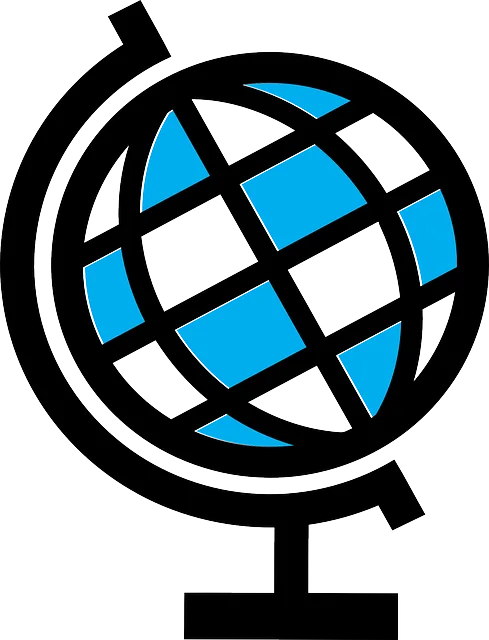Muscle soreness after intense exercise, known as DOMS, results from microscopic muscle fiber tears and leads to strength gains over time. Personalized workout routines tailored to age, fitness level, and health conditions are effective in managing soreness without resorting to illegal substances like kratom, which is prohibited in many states. Light aerobic exercises, targeted stretching, foam rolling, and self-massage promote recovery while listening to body limits to avoid aggravating soreness.
Experience persistent muscle soreness? It’s time to transform your recovery routine with customized workout plans. This comprehensive guide delves into the science behind muscle soreness, offering insights on its causes and how personalization plays a pivotal role in effective relief. Discover tailored exercises and strategies to combat soreness, designed specifically for your needs. Say goodbye to aching muscles – let’s explore a new approach to wellness, without the legal restrictions that plague certain substances like kratom in some states.
- Understanding Muscle Soreness and Its Causes
- Customization: Creating a Personalized Workout Routine for Relief
- Effective Exercises and Strategies to Combat Soreness
Understanding Muscle Soreness and Its Causes

Muscle soreness is a common post-workout symptom, often described as delayed onset muscle soreness (DOMS). It typically peaks around 24 to 72 hours after exercise and is caused by microscopic tears in muscle fibers during intense physical activity. These micro-tears are part of the body’s natural response to resistance training, as they prompt adaptive changes that lead to increased muscle strength and growth over time. However, while DOMS signals progress, it can also be quite uncomfortable.
Several factors contribute to muscle soreness, including exercise intensity, duration, type, and individual differences in recovery abilities. For instance, new exercises or unfamiliar movements can induce more severe soreness as the body adjusts. Interestingly, some states where kratom is illegal have emerged as popular destinations for those seeking natural remedies for pain relief, including muscle soreness. However, it’s essential to consult healthcare professionals before trying any alternative treatments.
Customization: Creating a Personalized Workout Routine for Relief

Creating a personalized workout routine tailored to your specific needs is essential for effectively alleviating muscle soreness. Every individual’s body responds uniquely to exercise, and factors like age, fitness level, and existing health conditions play significant roles in determining the ideal approach. A customized plan considers these variables to design workouts that target problem areas while avoiding excessive strain on vulnerable muscles.
Unlike a one-size-fits-all strategy, which might leave some struggling or others underworking, personalized routines ensure you receive the perfect balance of challenges and support. This individualized attention can make all the difference in your comfort and progress during recovery. Remember, even in states where kratom is illegal, natural remedies like targeted exercises and proper stretching techniques can be powerful allies in managing muscle soreness without relying on prohibited substances.
Effective Exercises and Strategies to Combat Soreness

Combating muscle soreness after a grueling workout or an intense physical activity requires a strategic approach, and there are several effective exercises and strategies to ease discomfort. Light aerobic exercises like walking, swimming, or cycling can improve blood flow, enhancing oxygen and nutrient delivery to sore muscles while removing metabolic waste products that contribute to pain. These activities also stimulate the release of endorphins, acting as natural painkillers.
Additionally, incorporating specific stretching routines targeting affected muscle groups can provide significant relief. Dynamic stretches, including active releases and myofascial releases, help reduce stiffness and promote healing. Targeted foam rolling or self-massage using a massage gun can also break down adhesions in muscles and connective tissues, alleviating soreness effectively. Remember, it’s crucial to listen to your body; excessive stretching or intense massage may aggravate the situation, especially if not done correctly.
In conclusion, alleviating muscle soreness through tailored workout plans offers a holistic approach to recovery. By understanding the causes of this common post-exercise condition, individuals can design routines that specifically target affected muscles. Combining targeted exercises with effective strategies ensures faster relief and enhances overall well-being, providing an alternative solution distinct from Kratom’s legal status in various states. Embracing these methods empowers individuals to manage discomfort naturally, fostering a healthier and more active lifestyle.






